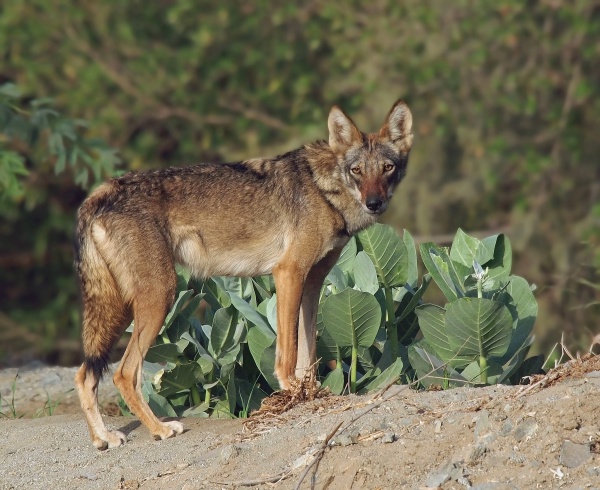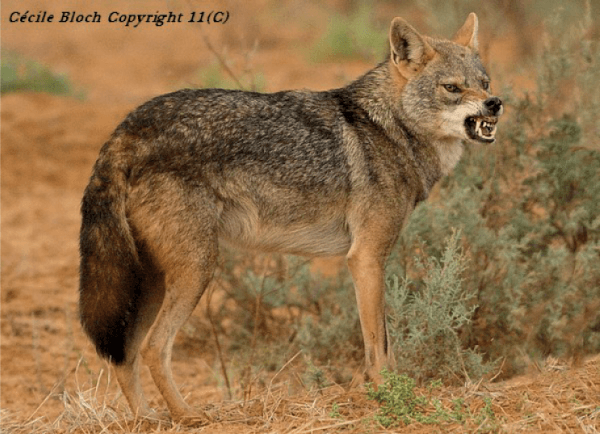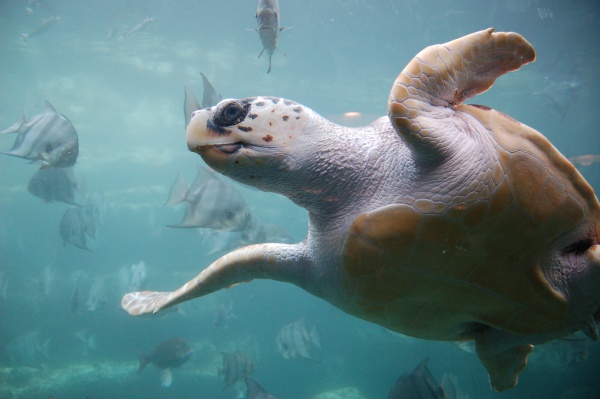
Libya Animals
| Due to the unstable situation and very high level of general risk, traveling to Libya may be dangerous. Read more |
Follow the Trail of Wild Nature – Nature Tourism in Libya
Libya, a country with a diverse landscape ranging from the Mediterranean coastline to the Sahara Desert, is home to a variety of fascinating wildlife. From the graceful gazelles that roam the desert dunes to the elusive Barbary sheep that navigate the rugged mountain terrain, Libya offers a unique opportunity to encounter a range of captivating animal species.
Embark on a journey through the animal kingdom of Libya, where you can witness the majestic presence of the African wildcat and the slender-horned gazelle in their natural habitat. Explore the coastal areas to catch a glimpse of the endangered Mediterranean monk seal, a rare and remarkable sight. With its diverse ecosystems, Libya provides a haven for an array of wildlife, making it a destination that promises unforgettable encounters with the natural world.
Mammals of Libya
Venturing into the arid landscapes of Libya, one may encounter a variety of mammals that have adapted to the harsh desert environment. Among these, the Fennec fox, with its distinctive large ears, is a nocturnal creature that calls the sandy dunes its home. The Barbary macaque, a primate unique to North Africa, can be found in the forested regions of the country, although its numbers are dwindling. The majestic Addax, a type of antelope, is also native to Libya, roaming the Sahara in search of sparse vegetation. Additionally, the striped hyena, a scavenger by nature, can be spotted in the Libyan wild, contributing to the ecological balance by consuming animal remains. These mammals are a testament to the resilience of wildlife in Libya's diverse habitats.
Birds of Libya
Libya, with its diverse habitats ranging from the Mediterranean coastline to the Sahara Desert, is home to an intriguing array of bird species. One of the most iconic birds you might spot is the Egyptian Vulture, known for its striking white and black plumage and yellow face. In the wetlands and along the coast, the Greater Flamingo stands out with its pink feathers, while the coastal regions also provide a haven for the Audouin's Gull. Overhead, the powerful Lanner Falcon can be seen soaring in search of prey. The desert regions host the resilient Cream-colored Courser and the elusive Desert Sparrow, both well-adapted to the harsh environment. For birdwatchers, Libya's avian life offers a captivating glimpse into the resilience of nature amidst arid landscapes.
Reptiles
Top Spots for Wildlife Observation in Libya
- El Kouf National Park, located in the northeastern part of Libya near the town of Al Bayda, is a coastal and mountainous area that provides a habitat for a variety of bird species, including the Egyptian vulture, lanner falcon, and the Barbary partridge. The park's diverse ecosystems, which range from Mediterranean forests to semi-desert areas, also support mammals such as the fennec fox, the striped hyena, and the Barbary sheep, which is well adapted to the rocky terrain.
- Karabolli National Park, situated near the city of Tripoli, is a haven for birdwatchers, with its wetlands attracting numerous migratory birds. Visitors can spot species such as the greater flamingo, the common shelduck, and various waders and waterfowl that use the park as a resting and feeding ground during their long migratory journeys.
- The Abughilan National Park in the western mountains of Libya is a lesser-known gem that offers a chance to see the Nubian ibex, a species of wild goat known for its impressive curved horns. The park's rugged landscape also provides a home for the caracal, a medium-sized wild cat with distinctive tufted ears, and the Dorcas gazelle, which is well adapted to the arid conditions.
- The Sabha Oasis, located in the heart of the Sahara Desert, is not a formal national park but is a unique ecosystem where visitors can encounter the Saharan cheetah, although sightings are rare due to the elusive nature of this endangered big cat. The oasis also supports populations of the Saharan oryx, a species of antelope that has been reintroduced to the wild after being extinct in the region.























 Tunisia
Tunisia